
Despite their recent stock woes, Google has always been great at making cool web toys. They just haven't always known what to do with them, promoting some dud services (cough, Google+, cough) while throttling others in their prime (cough, Google Reader, cough). At the top of our gone-too-soon list is Google Wave, which was suspended just 15 months after it launched. (You can still host it yourself, but it's just not the same.)
A few years later, it's one of the more influential tech products to come out of Mountain View — all the more influential for having burned so bright and disappeared so fast. If you look close, you can see the aftershocks of Wave in dozens of major web products. But since you're busy, I'll narrow it down the top five...
1. Twitter
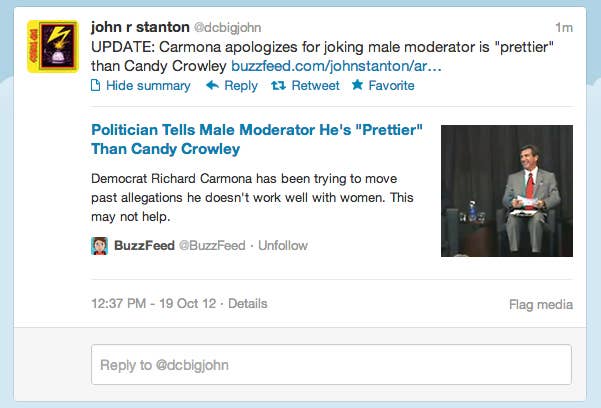
Wave was essentially a very advanced chat room. It started with a simple, low-impact platform and added embeddable bells and whistles (video, map widgets, and so on) until it turned into something much more versatile. This is the same trick Twitter is trying to pull with Cards, which embed article, photos and videos into tweets.
As it turns out, users like simple platforms and advertisers really like embeddable bells and whistles. So even if Twitter's Cards don't work out, it won't be the last time someone tries this.
2. Branch
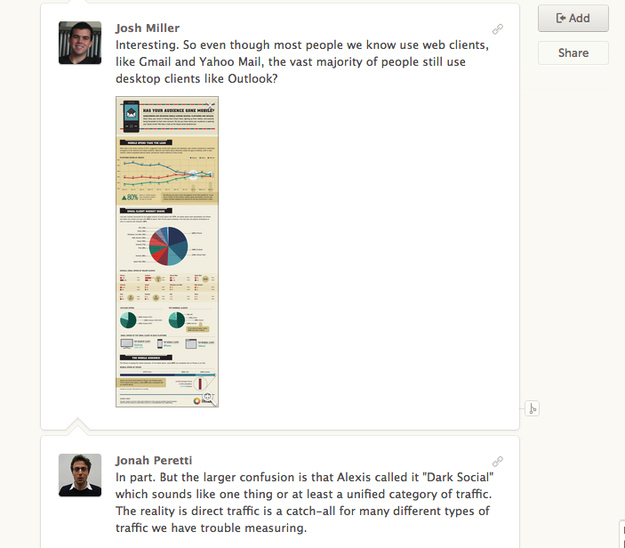
The basic insight of Wave was that, once methods of communication have converged into a single platform — combining email, texting, phone calls, Skype — the result will probably look more like instant messaging than anything else. But it also needs to be archived, so I can look it up later. It's not that different from what Branch is doing now, combining the spontaneity of chat clients with the permanence of email — and, in Branch's case, the public-square nature of Twitter.
3. The Notification Center
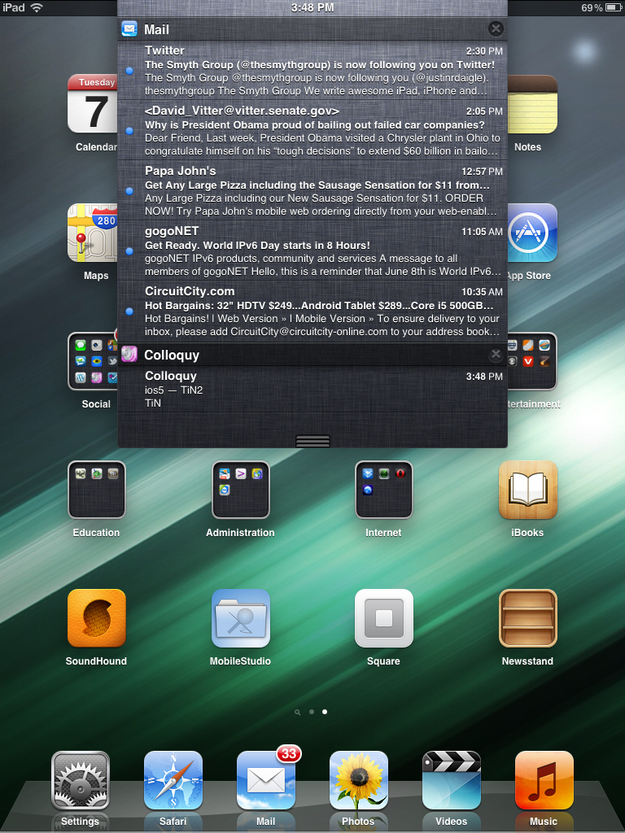
Apple has been pushing notifications hard in the last few upgrades, most notably with the Lion and iOS 5 upgrades. The idea is to change the bomb-drop of email into a gentle Wave-like stream. Which would be awesome! They're only taking baby steps, but it's easy to imagine this process ending in a multi-stream center like the Wave homepage.
4. IFTTT
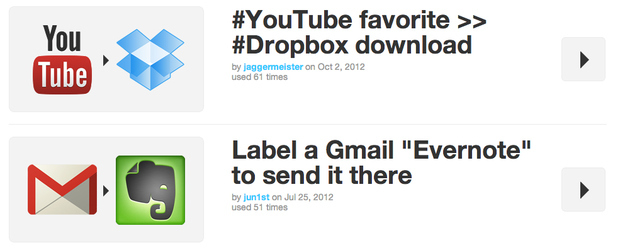
It turns out, bots are really important to social networks. Instead of getting everything from a huge company like Apple or Google or Microsoft, most people bounce between standalone apps (Instagram, Evernote, Instapaper and so on), and the best way to connect them is through third-party bot services like IFTTT. Wave was way ahead of the game on this, building bots into the service from the very beginning.
5. Facebook/Zynga
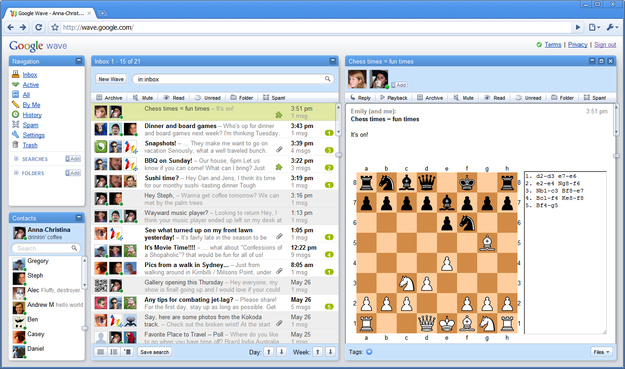
Wave didn't last long enough to fully explore this, but the in-wave games were one of the most promising things about it. Chess was the most popular out-of-the-box example, as seen above. Casual P2P games were nothing new, of course, but placing them in the context of a social network lets you play all sorts of other interesting tricks. Zynga and Facebook have been testing these waters for a while now, but they haven't come up with anything that's as much fun as playing checkers in the middle of a chat screen.

